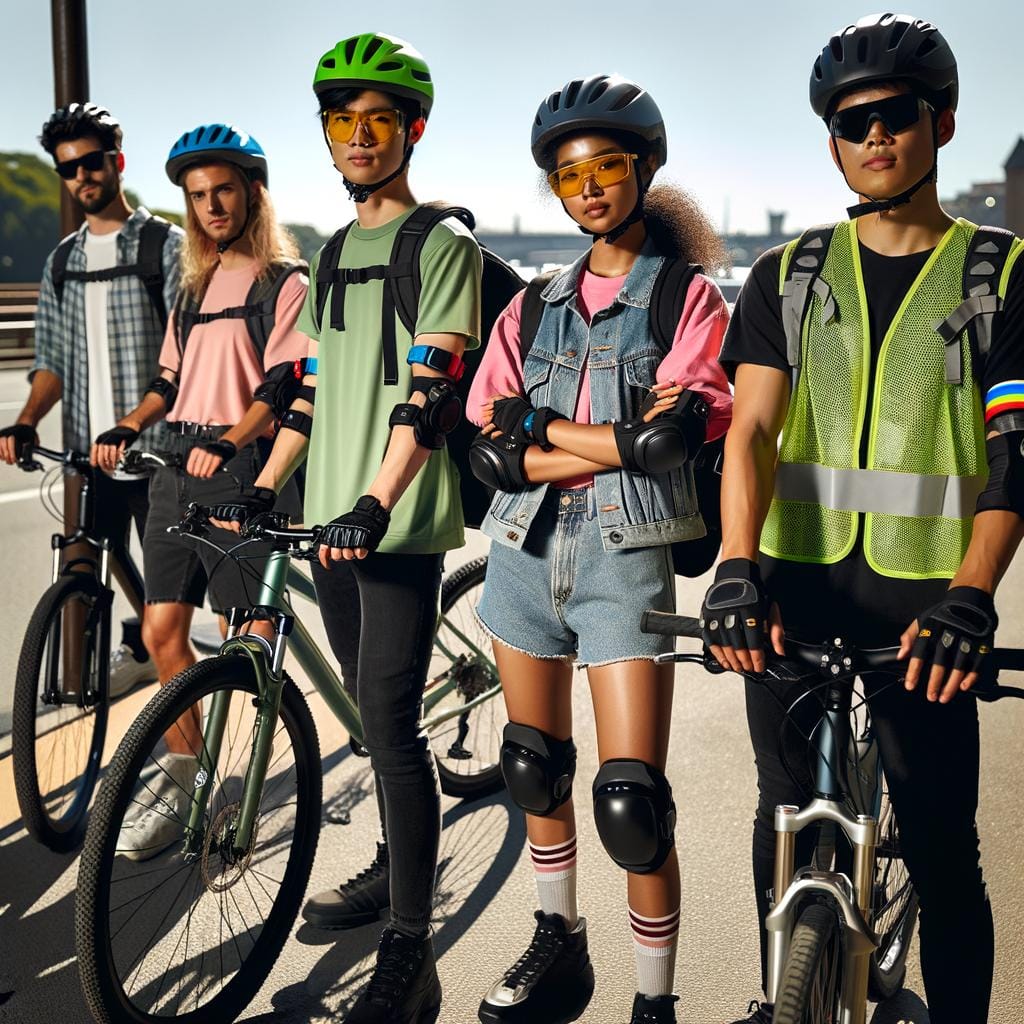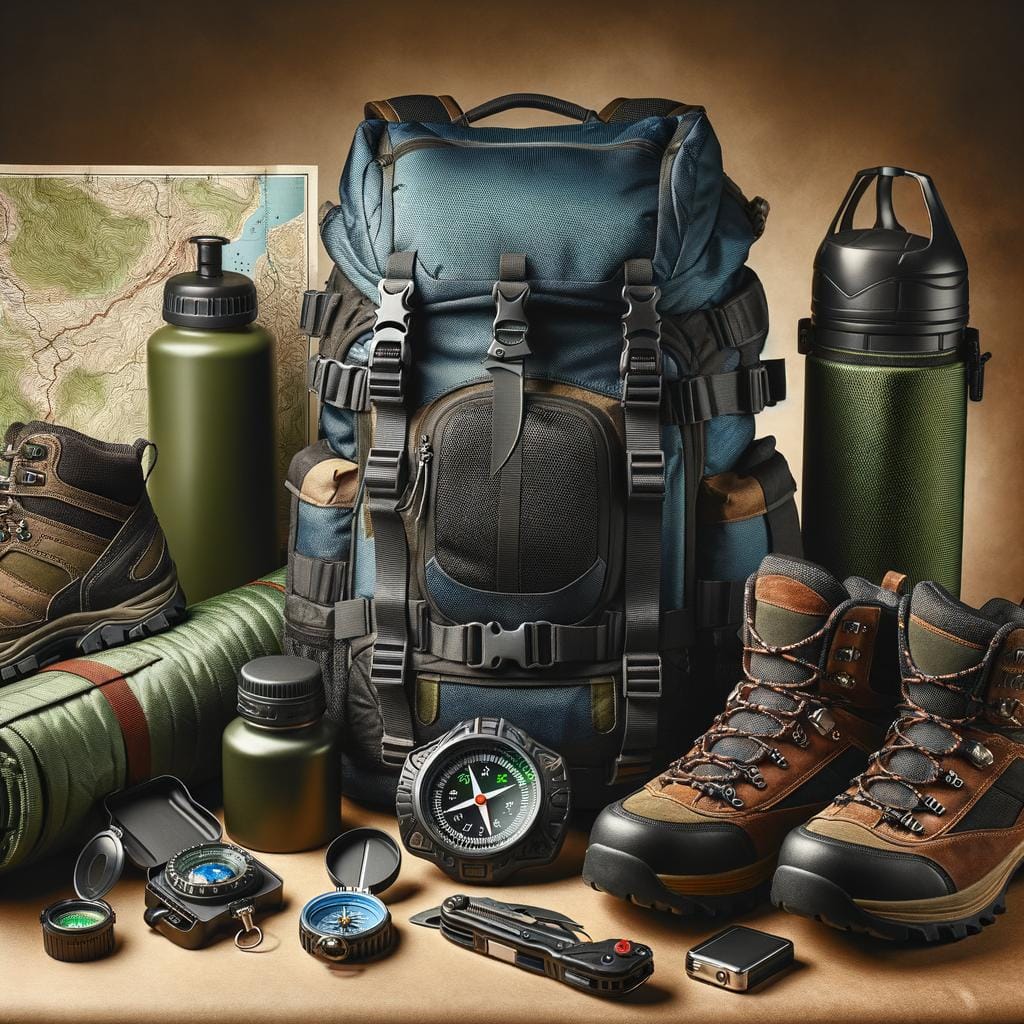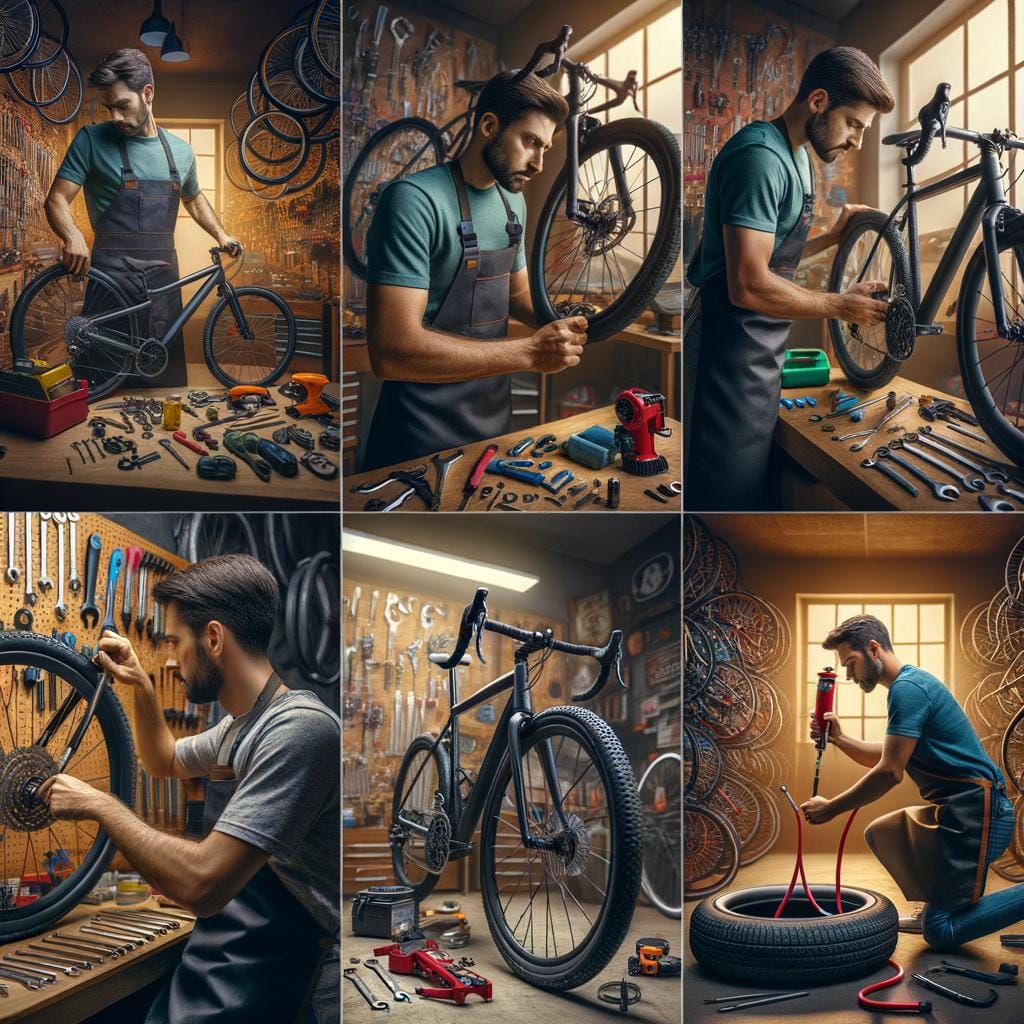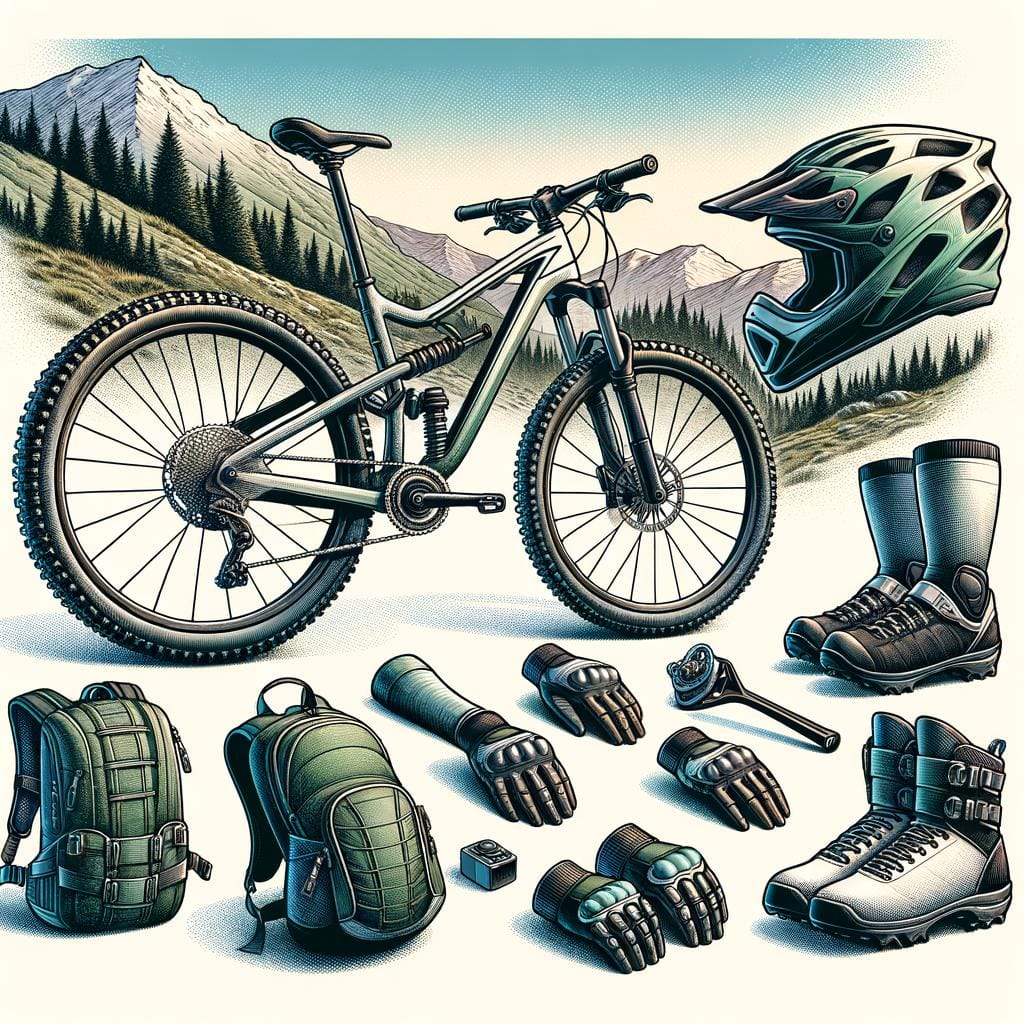Bike safety equipment is a fundamental aspect of cycling that should never be overlooked. Whether you are an experienced rider or just starting out, ensuring your safety on the road should always be a top priority. In this article, we will explore the various types of bike safety equipment that every cyclist should consider investing in to protect themselves while enjoying their ride.
When it comes to staying safe while biking, one of the most crucial pieces of equipment is a helmet. Wearing a helmet can significantly reduce the risk of head injuries in case of accidents. However, bike safety goes beyond just helmets. Reflective clothing, lights, gloves, and other protective gear also play essential roles in ensuring visibility and protection while on the road.
By equipping yourself with the right safety gear such as knee and elbow pads, cycling shoes, and bike mirrors, you can not only prevent injuries but also enhance your overall cycling experience. Investing in quality bike safety equipment is not only about protecting yourself but also about enjoying a safe and enjoyable ride every time you hit the road.
So let’s delve into the world of bike safety equipment and discover how these tools can make all the difference in your cycling journey.
Helmet
When it comes to bike safety equipment, one of the most essential items that every cyclist should have is a helmet. Wearing a helmet while riding a bike can significantly reduce the risk of head injuries in case of accidents. Helmets are designed to absorb and dissipate the impact of a collision, protecting the rider’s head from severe trauma. It is crucial to choose a helmet that fits properly and meets safety standards for optimal protection.
Investing in a high-quality helmet is a wise decision for any cyclist, whether you are a beginner or an experienced rider. Look for helmets that provide good ventilation to keep your head cool during hot weather, as well as adjustable straps for a comfortable and secure fit.
Remember that wearing a helmet should be non-negotiable every time you ride your bike, regardless of how short or long your journey may be. It is better to be safe than sorry when it comes to protecting your head from potential injuries.
In addition to wearing a helmet yourself, it is important to encourage others, especially children, to do the same. Setting a good example by always wearing your own helmet can promote bike safety awareness among your family and friends. Make sure to educate others on the importance of bike safety equipment, including helmets, so they understand the vital role these protective gear play in ensuring their well-being while cycling.
Reflective Clothing
One essential aspect of bike safety equipment is wearing reflective clothing to ensure visibility on the road, especially during low light conditions. Reflective clothing helps cyclists stand out to motorists, pedestrians, and other cyclists, reducing the risk of accidents caused by not being seen. Here are some benefits of incorporating reflective clothing into your biking gear:
- Increased Visibility: Reflective clothing reflects light back towards its source, making cyclists more visible to drivers from a distance.
- Heightened Safety: By wearing reflective clothing, cyclists can significantly reduce the chances of being involved in collisions or near misses with vehicles on the road.
- All-Weather Protection: Whether it’s raining, foggy, or dusk, wearing reflective clothing ensures that cyclists remain visible under various weather conditions.
In addition to traditional neon-colored vests and jackets with reflective strips, there are now stylish options available in the market that seamlessly integrate safety features with fashion. Cyclists can choose from a variety of reflective accessories such as arm bands, ankle straps, and backpack covers to enhance their visibility while adding a touch of personal style to their biking ensemble.
- Reflective Vest: A lightweight and breathable option for wearing over your regular cycling clothes that provides 360-degree visibility.
- Reflective Arm Sleeves: Easy-to-wear sleeves that offer added visibility while also protecting arms from sun exposure.
- Reflective Leg Bands: Straps that can be worn around ankles or calves to increase visibility at crucial areas where motion attracts attention.
Lights and Reflectors
Cycling at night can be a thrilling experience, but it also comes with its own set of risks. Ensuring that you are visible to other road users is crucial for your safety. Lights and reflectors play a vital role in illuminating your path in the dark and making sure you are seen by drivers, pedestrians, and other cyclists. Investing in quality lighting equipment is not only a safety measure but also a legal requirement in many places.
Here are some essential types of lights and reflectors that every cyclist should consider using:
- Front Light: A bright white light mounted on the front of your bike to illuminate the road ahead.
- Rear Light: A red light attached to the back of your bike to make you visible from behind.
- Reflective Tape: Reflective strips or stickers that can be applied to various parts of your bike for enhanced visibility.
In addition to being legally required, using lights and reflectors can significantly reduce your chances of being involved in an accident while cycling in low-light conditions. Make sure that your lighting equipment is properly installed, charged, or powered before heading out on your night ride. Remember, being proactive about your visibility on the road can make all the difference in ensuring a safe and enjoyable cycling experience.
Gloves
When it comes to bike safety equipment, gloves play a crucial role in protecting your hands in case of a fall. Whether you are cycling on rough terrains or smooth roads, the risk of falling off your bike is always present. In such situations, having the right pair of gloves can prevent serious injuries to your hands.
The Importance of Wearing Gloves
Wearing gloves while cycling not only provides protection in case of accidents but also offers additional benefits. Quality cycling gloves are designed to provide a good grip on the handlebars, reducing the chances of slipping during rides. They also help in absorbing sweat and vibrations, ensuring a comfortable riding experience.
Choosing the Right Gloves
When selecting gloves for cycling, it is essential to consider factors such as fit, padding, and material. Look for gloves that fit snugly without being too tight to allow proper hand movement. Opt for padded gloves to reduce pressure points and enhance comfort during long rides. Additionally, choose breathable materials that wick away moisture to keep your hands dry and comfortable throughout your journey.
Cycling Shoes
In addition to boosting performance, cycling shoes also offer enhanced comfort for riders. The snug fit of these shoes prevents any unnecessary movement of the feet within the shoe, reducing the risk of developing blisters or hot spots during extended rides. Moreover, many cycling shoes come with adjustable closures that allow for a customized fit, ensuring maximum comfort throughout your journey.
When it comes to safety, investing in quality cycling shoes is also beneficial. The rigid sole of these shoes provides better stability and control over your bike, especially during high-speed descents or challenging terrains. The enhanced foot support offered by cycling shoes can also help prevent common issues such as arch pain or plantar fasciitis, allowing you to focus on enjoying your ride without any discomfort or distractions.
| Benefit of Cycling Shoes | Details |
|---|---|
| Improved Pedaling Efficiency | Cycling shoes have stiff soles that aid in transferring power from legs to pedals efficiently. |
| Enhanced Comfort | The snug fit and adjustable closures of cycling shoes reduce the risk of blisters and provide customized comfort. |
| Enhanced Safety | Rigid soles offer better stability and control while preventing foot-related issues like arch pain. |
Knee and Elbow Pads
When it comes to bike safety equipment, knee and elbow pads are crucial accessories that every cyclist should consider wearing. These protective gears play a significant role in preventing injuries in case of accidents or falls while riding a bike. Knee and elbow pads provide an extra layer of cushioning and protection, reducing the impact on these vulnerable body parts during unexpected incidents.
In the event of a fall or collision, the knees and elbows are some of the first body parts to hit the ground. Without proper protection, these areas can easily sustain cuts, scrapes, bruises, or even more serious injuries like fractures or dislocations. By wearing knee and elbow pads, cyclists can minimize the risk of such injuries and avoid potential long-term consequences that may result from accidents while biking.
Not only do knee and elbow pads protect against physical harm, but they also offer peace of mind to cyclists while out on their rides. With this added layer of safety equipment, riders can focus more on enjoying their cycling experience without constantly worrying about potential injuries. Investing in quality knee and elbow pads is a smart decision for any cyclist looking to prioritize safety without compromising comfort during their biking adventures.
Bike Mirrors
Types of Bike Mirrors
There are various types of bike mirrors available on the market, each catering to different preferences and needs. Some mirrors are designed to be attached to the handlebars, offering a wide field of view by extending outwards from the bike. On the other hand, helmet-mounted mirrors provide a more direct line of sight as they move with the cyclist’s head movements. Riders can choose between these options based on their riding style and comfort level.
Benefits of Using Bike Mirrors
The primary benefit of using bike mirrors is the improved visibility they offer to cyclists when on the road. With a quick glance at their mirror, riders can assess the traffic behind them without having to turn their heads fully.
This not only reduces strain on the neck but also allows for quicker reactions in case of unexpected situations. Whether riding in a busy urban environment or cruising along scenic routes, bike mirrors serve as a valuable tool in maintaining awareness and staying safe while cycling.
Conclusion
Investing in quality bike safety equipment is crucial for ensuring a safe and enjoyable ride every time you hit the road on your bicycle. From helmets to reflective clothing, lights, gloves, and more, each piece of gear plays a vital role in protecting you from potential accidents and injuries. By equipping yourself with the right bike safety equipment, you not only enhance your own safety but also contribute to creating a safer environment for all road users.
When it comes to choosing bike safety equipment, it is essential to prioritize quality over price. While it may be tempting to opt for cheaper alternatives, investing in high-quality gear can make a significant difference in how well you are protected while cycling.
Quality bike helmets, for example, are designed to absorb impact and prevent head injuries in case of a fall or collision. Similarly, reflective clothing and lights help increase your visibility on the road, reducing the risk of accidents and ensuring that other motorists can easily spot you.
In conclusion, as a responsible cyclist, it is imperative to prioritize your safety by investing in top-notch bike safety equipment. Whether you are a casual rider or a seasoned cyclist, having the right gear can make a world of difference in how safe and enjoyable your biking experience can be.
Remember, protecting yourself with proper equipment not only safeguards your well-being but also promotes a culture of safety and awareness on the roads for everyone. So before you embark on your next cycling adventure, make sure you have all the necessary bike safety equipment to keep you safe along the way.
Frequently Asked Questions
What Safety Equipment Do You Need to Ride a Bike?
When riding a bike, it’s crucial to have the necessary safety equipment to protect yourself in case of accidents or emergencies. One essential piece of safety gear is a properly fitting helmet to protect your head in the event of a fall or collision. In addition, wearing reflective clothing or accessories can help increase your visibility to drivers, especially when riding at night or in low-light conditions.
It’s also important to have lights on your bike to make sure you are visible to others on the road. Lastly, gloves can provide better grip and protection for your hands while cycling.
What Are Five Pieces of Safety Gear You Need When Riding a Bicycle?
Five essential pieces of safety gear when riding a bicycle include a helmet to protect your head from injuries in case of falls or accidents. Reflective clothing and accessories help increase visibility, especially if you’re riding in low-light conditions. Lights on your bike ensure that you are visible to other road users, enhancing safety during nighttime rides.
Proper footwear with good grip is vital for maintaining control and stability while cycling. Lastly, gloves not only provide better grip but also protect your hands in case of spills.
What Equipment Must a Bicycle Have?
A bicycle must have certain equipment to ensure safe and efficient riding on the road. These include functioning brakes that allow you to stop quickly and safely when needed. Properly inflated tires are essential for maintaining control and preventing flats while cycling.
Adequately adjusted seats and handlebars contribute to comfortable riding posture and reduce strain on your body while pedaling. Reflectors or lights both front and back improve visibility during low-light conditions or at night, making you more noticeable to other road users. Additionally, a bell or horn can alert pedestrians or other cyclists of your presence when passing by them on shared paths or trails.

An avid outdoor enthusiast, writer, and environmental advocate who has spent over two decades exploring the world’s most breathtaking landscapes. With a background in environmental science and a passion for adventure, Frances combines her love for nature with her talent for storytelling to inspire others to embark on their own outdoor journeys.





